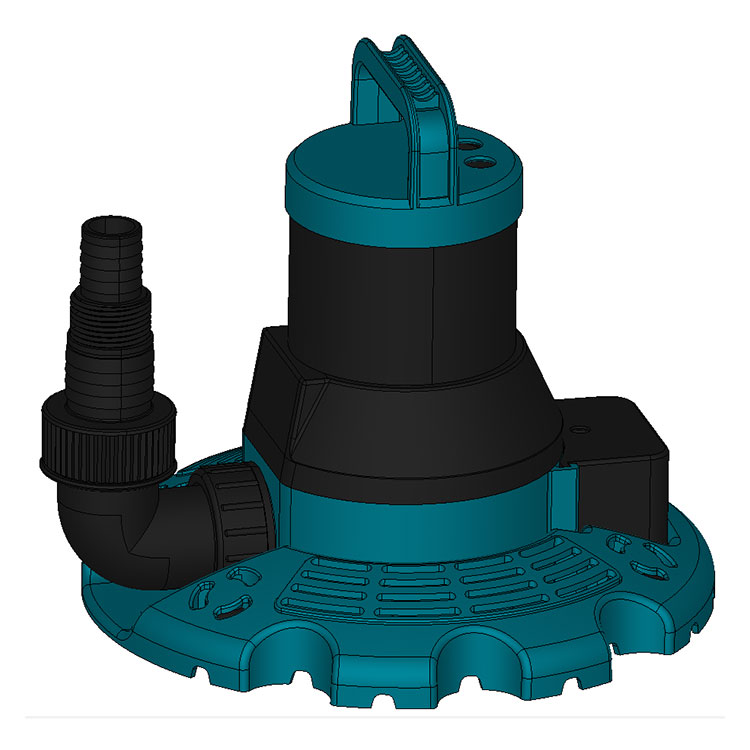Why a Fountain Pump is the Heart of Any Water Feature
2025-04-14
A beautiful garden or outdoor space often includes the soothing sound of flowing water. Whether it’s a classic tiered fountain, a modern water wall, or a small tabletop feature, the fountain pump is what brings it all to life. Without it, the water would sit still and silent. The fountain pump is truly the heart of any water feature.
What is a Fountain Pump?
A fountain pump is a small device that moves water through a fountain, creating movement and flow. It draws water in from the base or reservoir and pushes it up through tubing, spouts, or nozzles to create the desired water effect. Most fountain pumps are electric and submersible, meaning they operate while fully underwater.
There are various types of pumps available, depending on the size and style of your fountain. Some are designed for small indoor features, while others are powerful enough for large garden fountains or even pond setups.
Benefits of Using a Fountain Pump
One of the biggest advantages of having a fountain pump is the relaxing sound and visual effect it creates. Moving water adds life and elegance to any space, whether indoors or outdoors. The gentle trickle or splash can help reduce stress, mask background noise, and make your environment more peaceful.
Fountain pumps also help keep the water clean. By constantly circulating the water, the pump prevents stagnation, which can attract mosquitoes and lead to unpleasant odors. Some pumps even come with built-in filters to trap debris and keep the fountain looking fresh.
Choosing the Right Pump
When selecting a fountain pump, it’s important to consider a few key factors. First, think about the size of your fountain. A larger fountain will require a more powerful pump to circulate the water effectively. Flow rate, usually measured in gallons or liters per hour, tells you how much water the pump can move. Choose a pump that matches your fountain’s needs without being too weak or overly strong.
Also consider the height the pump needs to lift the water. This is called the maximum lift or head height. If your fountain has a tall spout or multiple tiers, make sure the pump can handle the vertical distance.
Noise level is another factor to keep in mind, especially for indoor or quiet garden settings. Look for a pump that runs quietly and smoothly.
Easy Maintenance for Long Life
Maintaining a fountain pump is simple but essential. Regularly clean the pump and remove any debris that might block the intake or clog the impeller. This helps extend the life of the pump and keeps the water flowing freely.
Make sure to check water levels, especially during hot or dry weather. Running a pump without enough water can cause it to overheat or become damaged. For seasonal fountains, store the pump indoors during freezing temperatures to prevent cracking or freezing damage.
Final Thoughts
A fountain pump might be small, but it plays a big role in bringing charm and movement to your space. It creates the sound of flowing water, promotes a healthy water environment, and adds a touch of elegance to any setting. Whether you’re designing a grand garden centerpiece or a simple tabletop fountain, choosing the right pump is the first step toward a truly captivating water feature.



